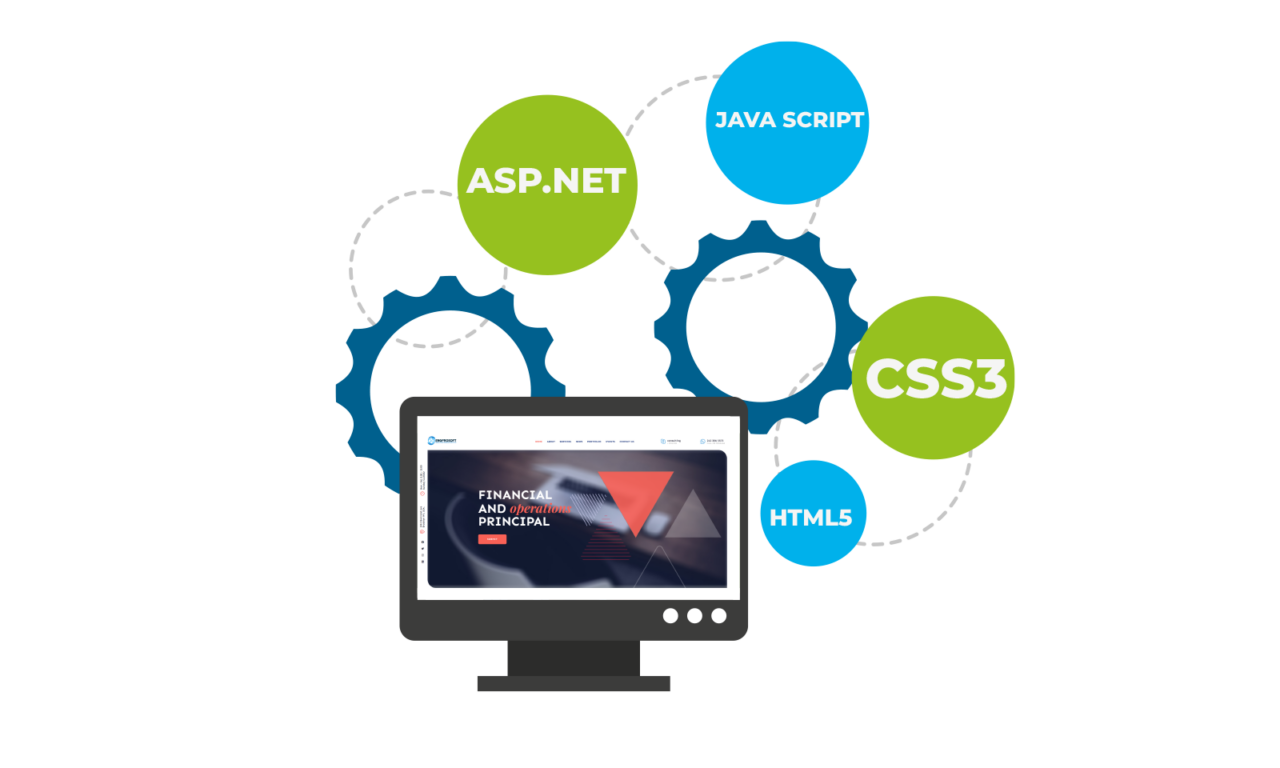CUSTOM WEBSITE DESIGN IN HOUSTON, TX
With our expertise in web application development, we can help streamline your business processes and improve efficiency. Our team of skilled developers will work closely with you to understand your unique requirements and develop a tailored solution that aligns with your goals.
We understand that every business is unique, and therefore, we take a personalized approach to ensure that our web applications are designed specifically for your needs. Our team of skilled developers has extensive experience in developing custom ERP systems that can integrate all aspects of your business operations into a single platform. This will not only streamline your processes but also provide you with real-time data insights to make informed decisions.

The Custom Web Design Process
The custom web design process you’ve outlined seems to have some of the key steps involved in creating a custom website. However, web design processes can vary depending on the specific project, team, and client needs. Here’s a more detailed explanation of each step:
Step 1: Discovery
In this initial phase, the web design team works closely with the client to understand their goals, target audience, brand identity, and specific requirements for the website. This includes gathering information about the client’s business, objectives, and any existing branding elements. The team also conducts research on the industry, competitors, and current design trends to inform the design direction.
Step 2: Design Concepts
Based on the insights gathered in the discovery phase, the design team creates multiple design concepts for the website. These concepts include layouts, color schemes, typography choices, and initial visual representations of the website’s pages. The goal is to present a range of design options that align with the client’s brand and objectives.
Step 3: Progress Revise
After presenting the design concepts to the client, there will likely be revisions and feedback. This step involves iterating on the design based on the client’s input. Revisions can include adjustments to layout, colors, fonts, images, and other design elements. This back-and-forth process continues until the client is satisfied with the overall design direction.
Step 4: Approve Front-end Development
Once the design concept is finalized and approved, the front-end development phase begins. Front-end developers take the visual design and convert it into a functional website using HTML, CSS, and potentially JavaScript. The website becomes interactive and responsive during this phase, ensuring it looks and works well on various devices and screen sizes.
Step 5: CMS Integration
If the website requires content management capabilities, this step involves integrating a Content Management System (CMS) like WordPress, Joomla, or Drupal. The CMS allows the client to manage and update the website’s content without requiring in-depth technical knowledge. The design and functionality are integrated into the CMS, ensuring a seamless user experience.
Keep in mind that many web design processes also include steps related to quality assurance, testing, and deployment. Additionally, client collaboration and communication are crucial throughout the entire process to ensure the final website meets their expectations and requirements.
Furthermore, the evolving landscape of web design and technology may introduce variations and additional steps to the process, such as user experience (UX) design, accessibility considerations, and ongoing maintenance. It’s important for web design teams to stay adaptable and consider the unique needs of each project.
Affordable Custom Web Design
Ready To Ignite Your
WordPress Journey?
Get started on your WordPress success story today. Contact us to discuss your project,request a quote, or schedule a consultation.

